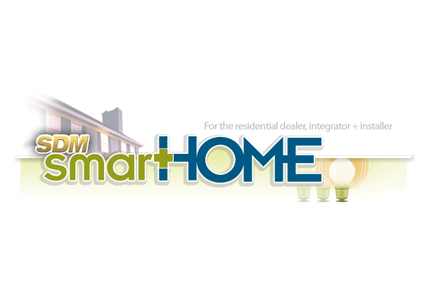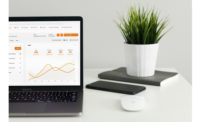
|
|
Honeywell’s newest addition to its line of LYNX self-contained alarm systems — LYNX Touch — features a full-color, seven-inch touchscreen and supports Z-Wave thermostats and lighting controls to give homeowners greater control over their security and other home management systems.
|
Following a spate of well-documented forays into the home automation market by several renowned service providers, open source technology from software as a service (SaaS) partners is expected to be present in the vast majority of systems this year. In fact, of the 1.8 million home automation systems shipped during the year, approximately 1.3 million will use this technology.
Leading the way is Alarm.com, which has partnerships with more than 2,500 security dealers to deploy its platform. Its partnership with Vivint (formerly APX Alarm) in particular is reaping bountiful rewards, according to ABI Research of New York City. At current install rates, Vivint will have installed close to 150,000 home security systems during 2011, all of which use Alarm.com technology.
Alarm.com is not the only SaaS provider to have positioned its home automation technology primarily as a home security solution. California-based iControl Networks has adopted a similar go-to-market strategy and boasts ADT, Comcast, Rogers Communications, Time Warner Cable and Comporium Communications among its deployment partners.
While many North American SaaS providers see home security as the preferred entry point into the home automation market, this is not the case in Europe. “European platform vendors such as There Corporation, AlertMe, and GreenWave Reality have tended to position their solutions more as home energy management systems first and foremost,” says Senior Analyst Craig Foster. “As such, the majority of initial roll-outs are occurring in conjunction with utilities, rather than telcos or cable operators, as is predominantly the case in North America.”
In 2011, of an estimated 572,000 subscribers to telco and cable company-provided home automation services, 57 percent were based in the United States and Canada. Foster adds, “Due to a trend toward cellular-based home security systems, telcos are expected to account for the majority of subscribers through 2016 as they already have widespread wireless networks available.”
ABI Research’s reports, “Home Automation Software Platforms and SaaS Providers” and “Telco/Cableco Home Automation Services” address both the emergence of extensible software platforms and the entrance into the market of service providers.








